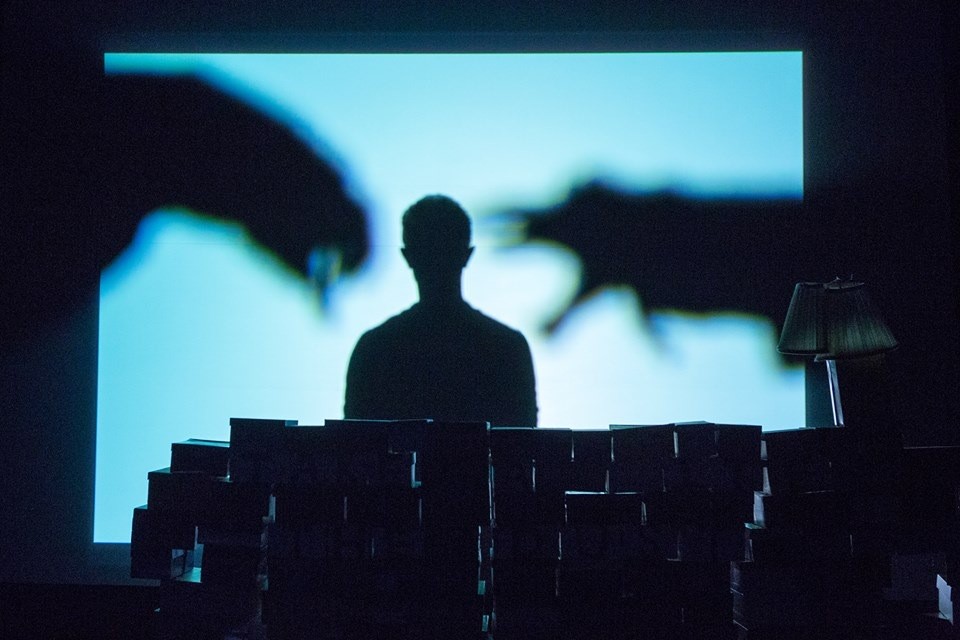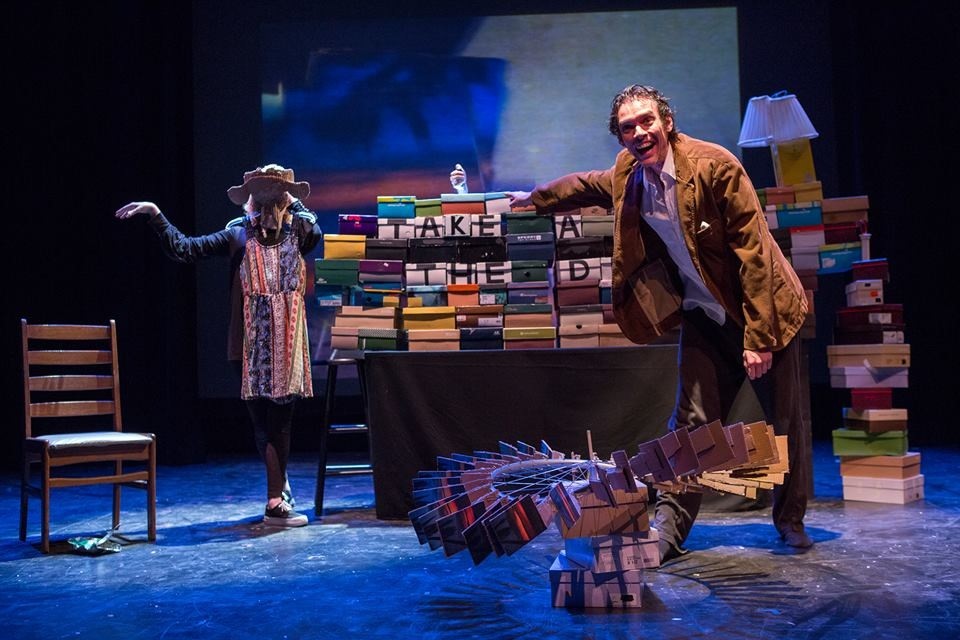Puppet Lab
After moving to New York to work and study at The Actor’s Studio MFA program, one of the most fascinating and rewarding experiences I have had in life to date was working as an artist in residence at internationally acclaimed Off-Broadway theatre St. Ann’s Warehouse in their Puppet Lab. That’s right, Puppets. St. Ann’s is known for collaborations with the likes of Rufus Wainright, Philip Seymour Hoffman, Aimee Mann, Meryl Streep, The Moscow Arts Theatre, The Royal Court Theatre, Cillian Murphy, and more, and when they do something it is always experimental, always thought provoking and always beautiful, so when I say puppets, I don’t mean Muppets (though, like Jason Segal, I am a fan), I mean using a unique visual language to tell a story. (extraordinary examples of this are Warhorse, which ran at Lincoln Center and Dmitry Krymov Lab’s OPUS No. 7, which ran at St. Ann’s Warehouse) With the help of a government grants from the Jim Henson Foundation, the New York City Department of Cultural Affairs, and the New York State Council on the Arts, we were able to integrate the stellar facilities and expertise of St Ann’s with a technical and design team straight out of a Broadway Show’s dream! We met one Monday a week for a year with amazingly talented people from all backgrounds including designers, master puppeteers, playwrights and more to develop pieces that were showcased at St Ann’s to houses of 300-400 people. Being fairly new at this, we learned a lot. One of the most interesting things I learned from Lab director and puppetry director for Warhorse, Matt Acheson, was the concept of The Magical wasteland or Uncanny Valley. I’ve used this concept again and again to apply to other forms of storytelling such as film and theatre. The term was originally invented to refer to refer to robots being too human in a way that’s creepy, but it can be applied to any visual art form and storytelling. When a thing (whether it’s a message, puppet, visual,) is drawn too sharply or realistically we push it away because it doesn’t feel like it comes from inside us. Sometimes, it is better to allow people to use their brains and imagination to fill in the blanks of a story so that they can be an active part of the journey. Every human is different so we often need to be allowed to personalize art and stories in accordance to our own truth in order to derive meaning from them. The moral for me, is that technology is brilliant, but the human mind is even more so.
Below is a promo picture and some on set photos from our show “before and after,” which featured an entire set made out of shoeboxes and a hoarder who is left with only the items he has collected to turn the pieces of his memory into an opportunity to get unstuck.


